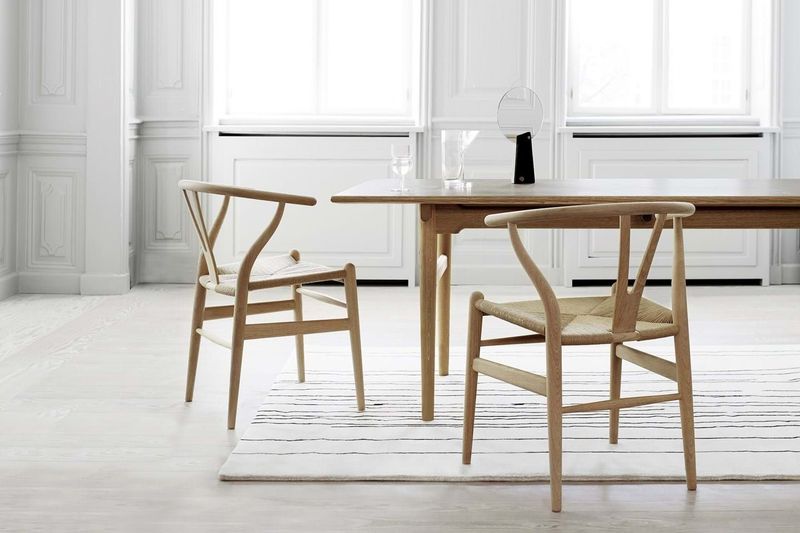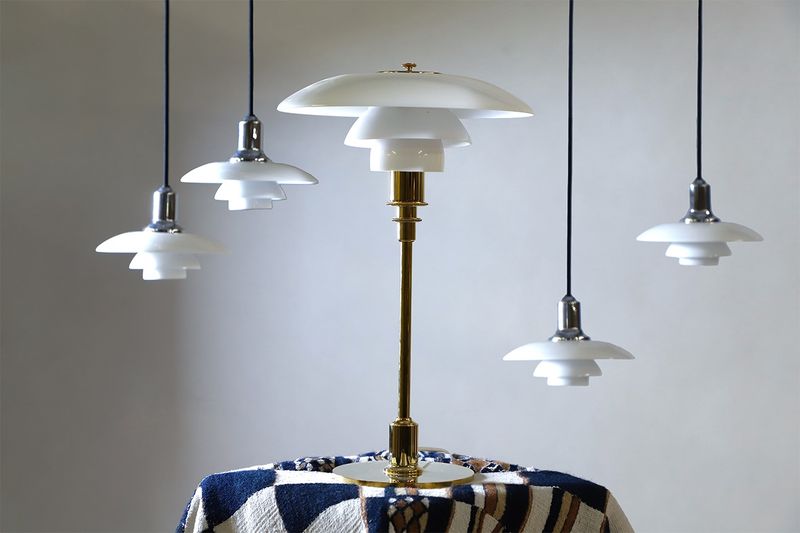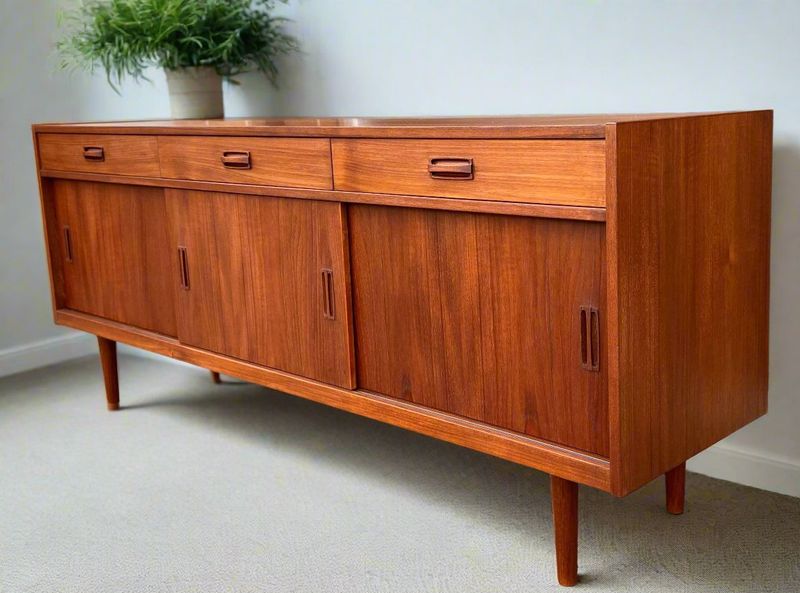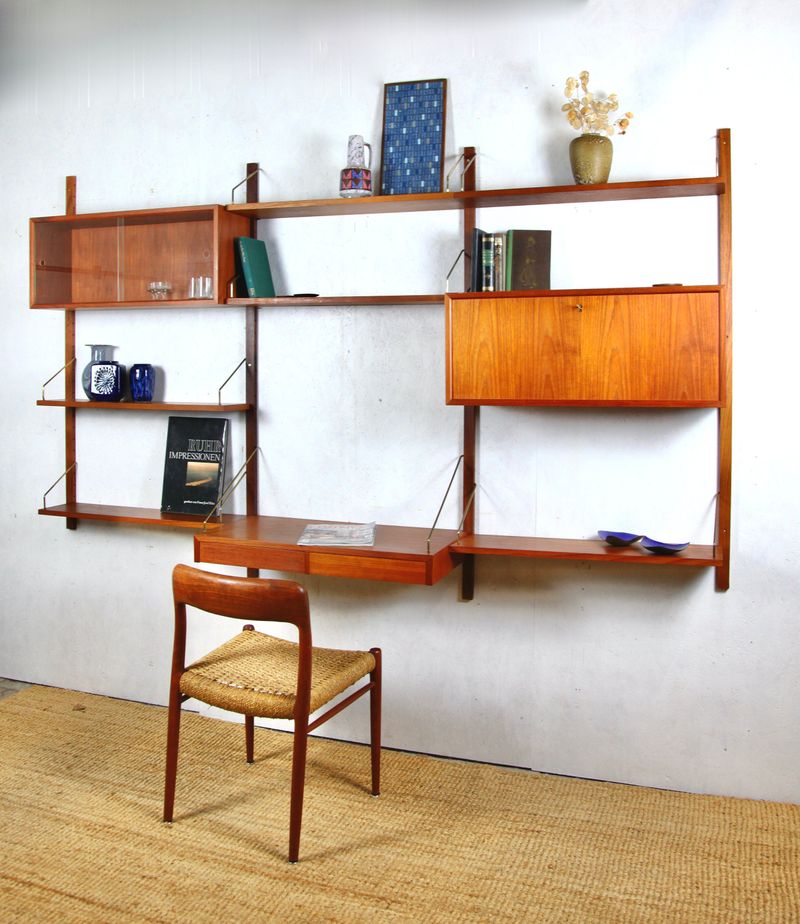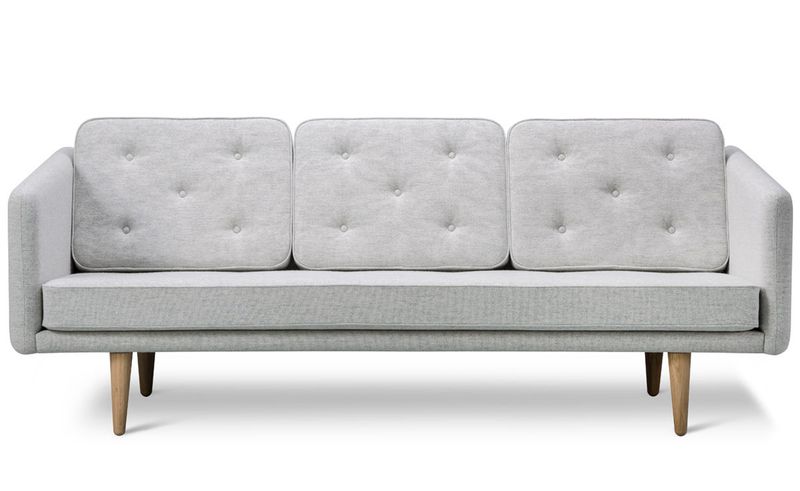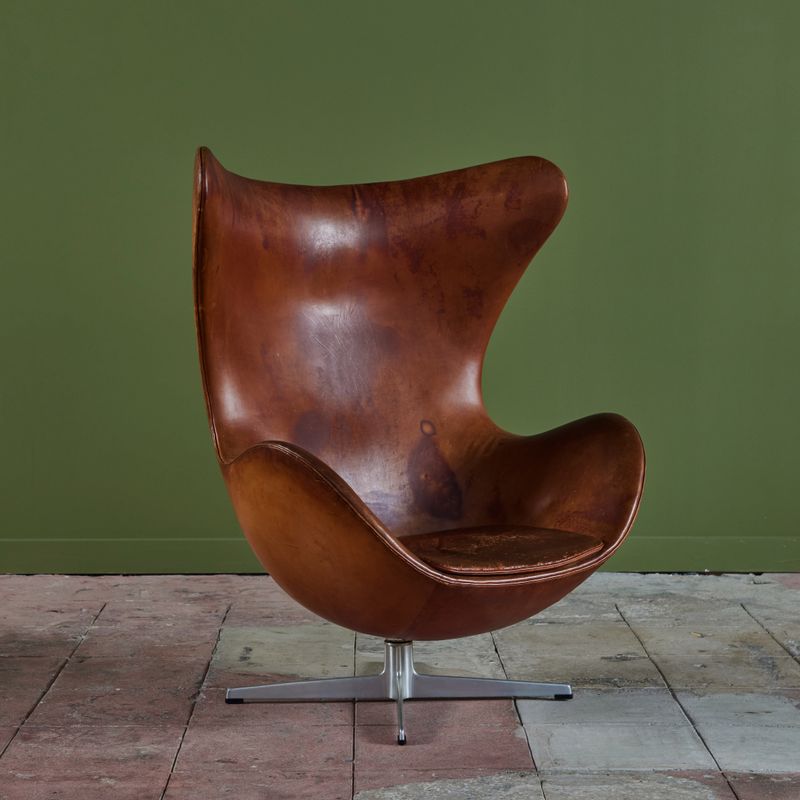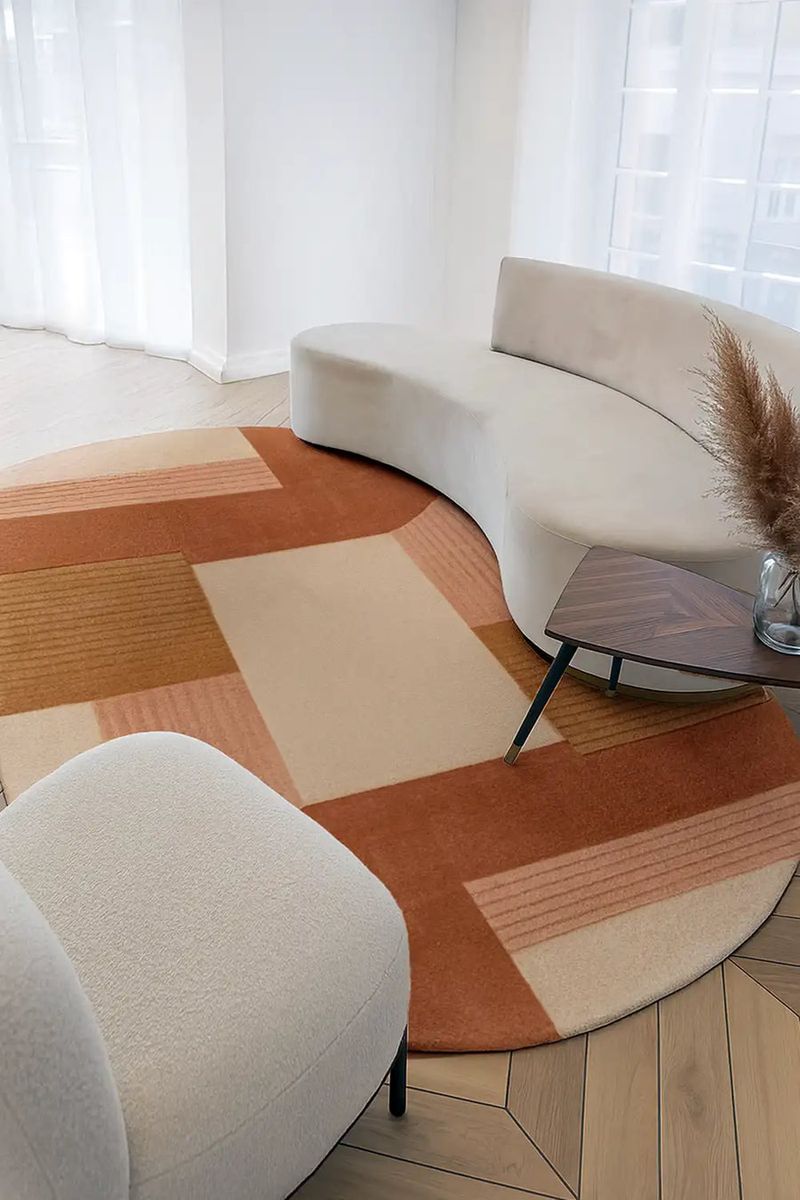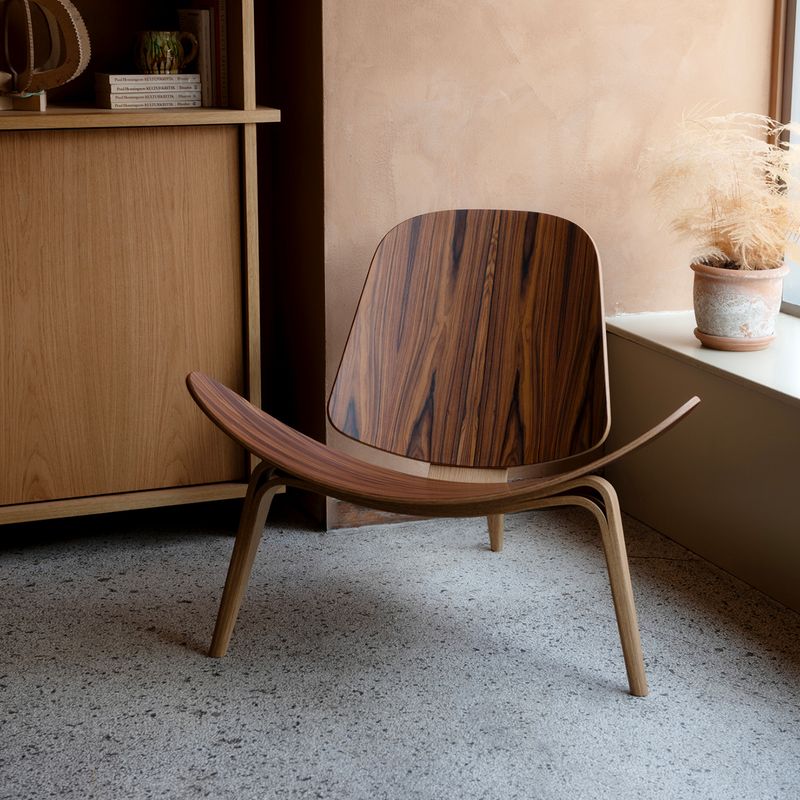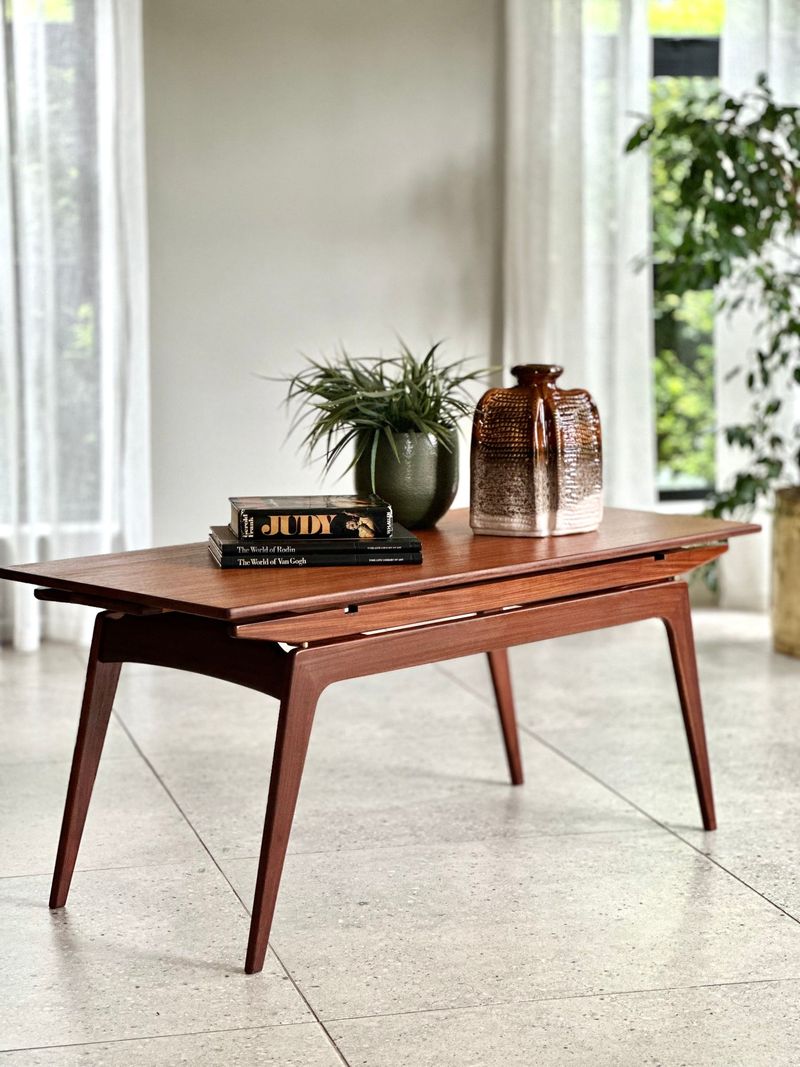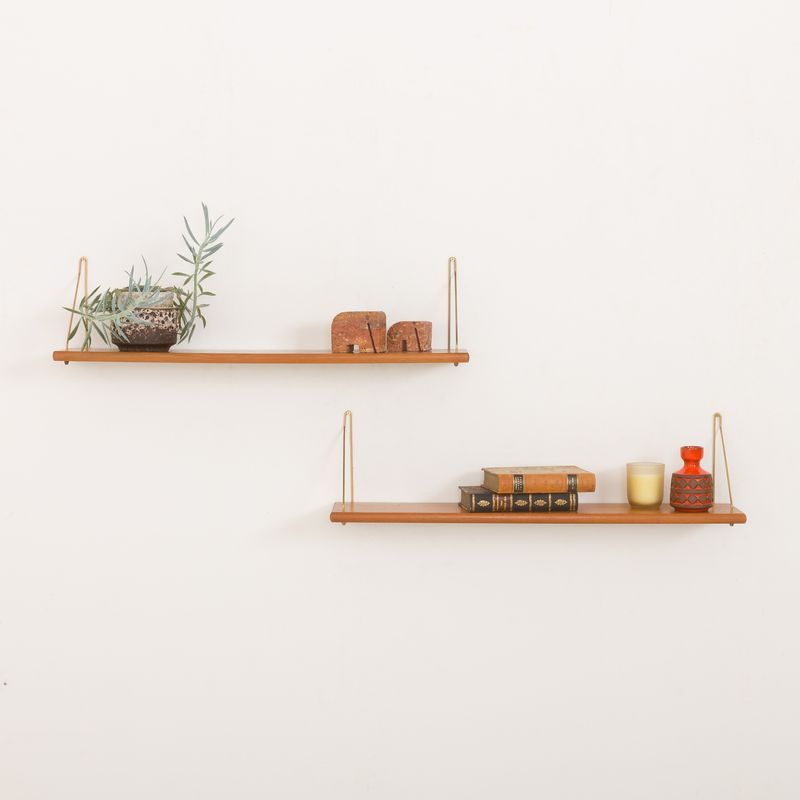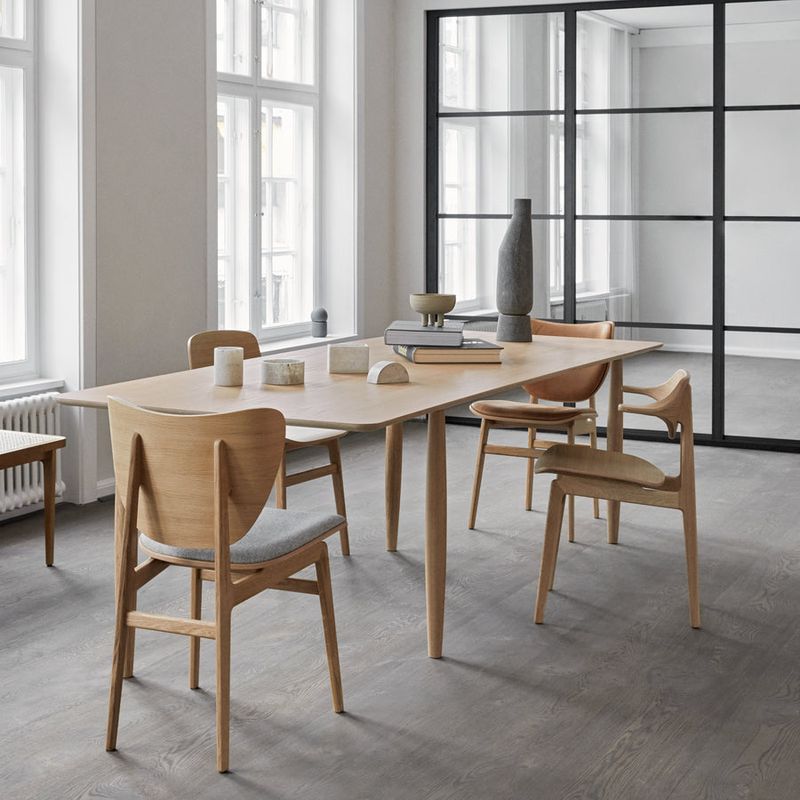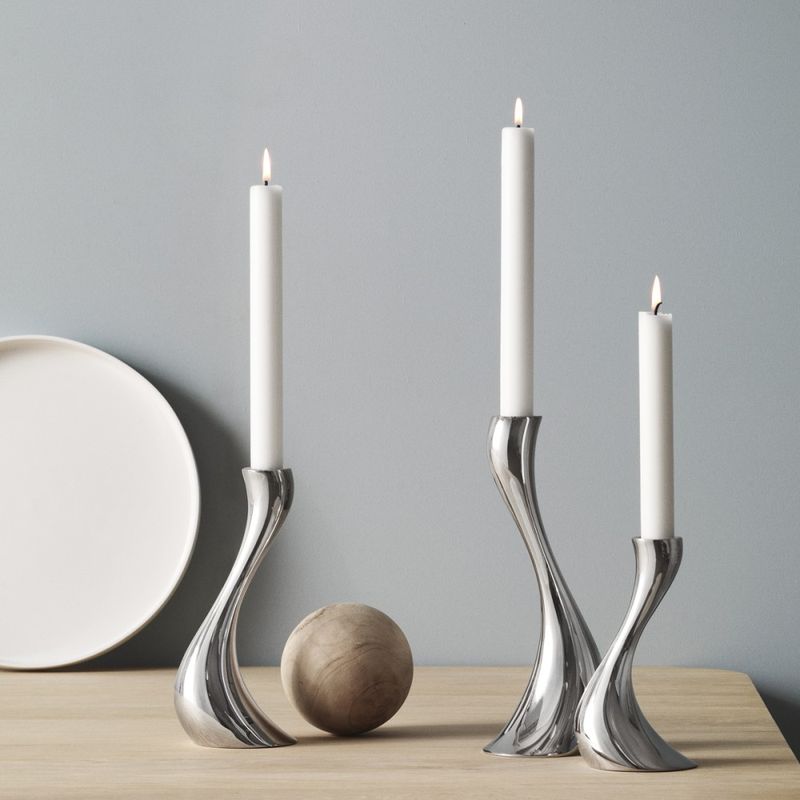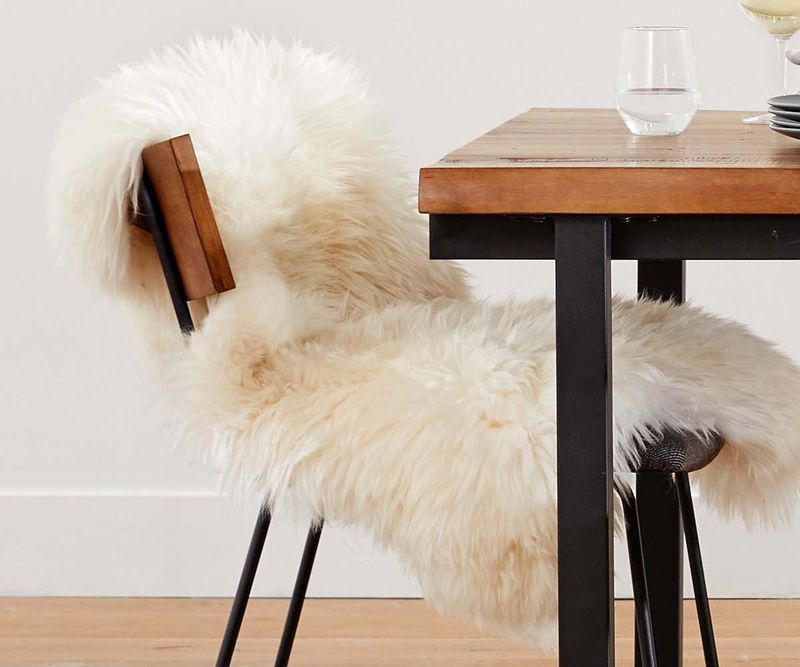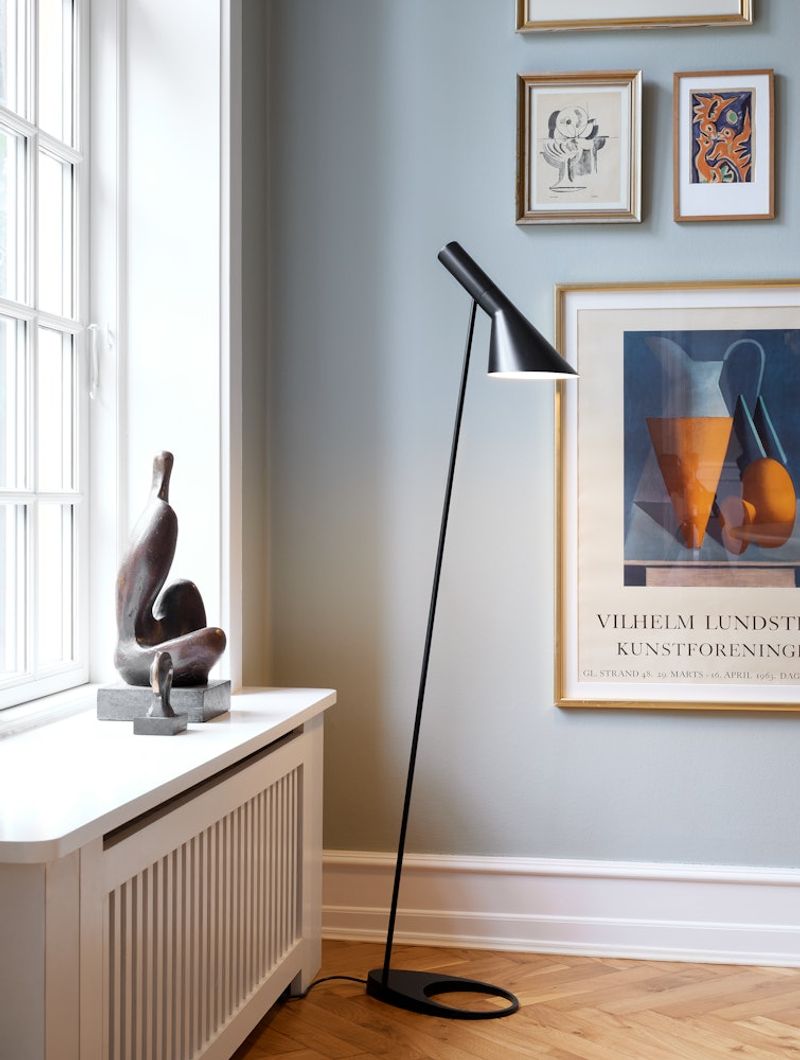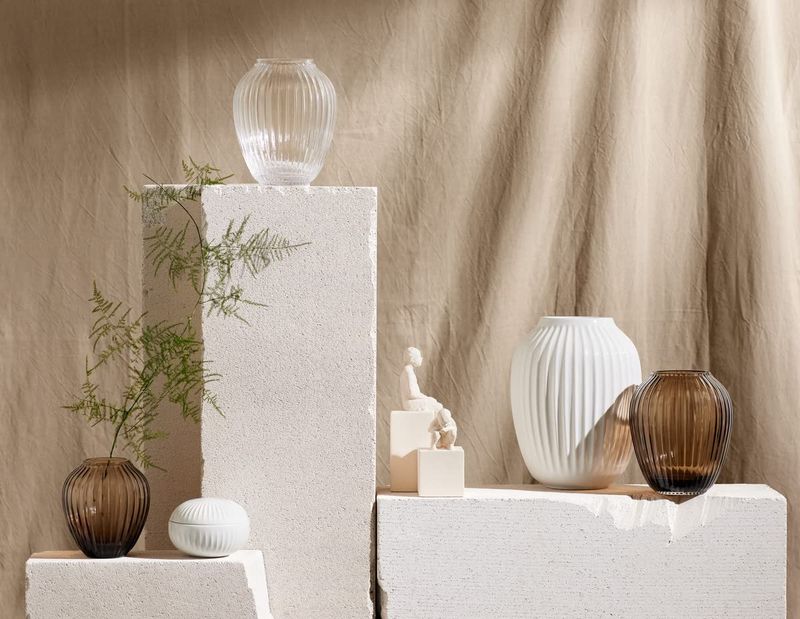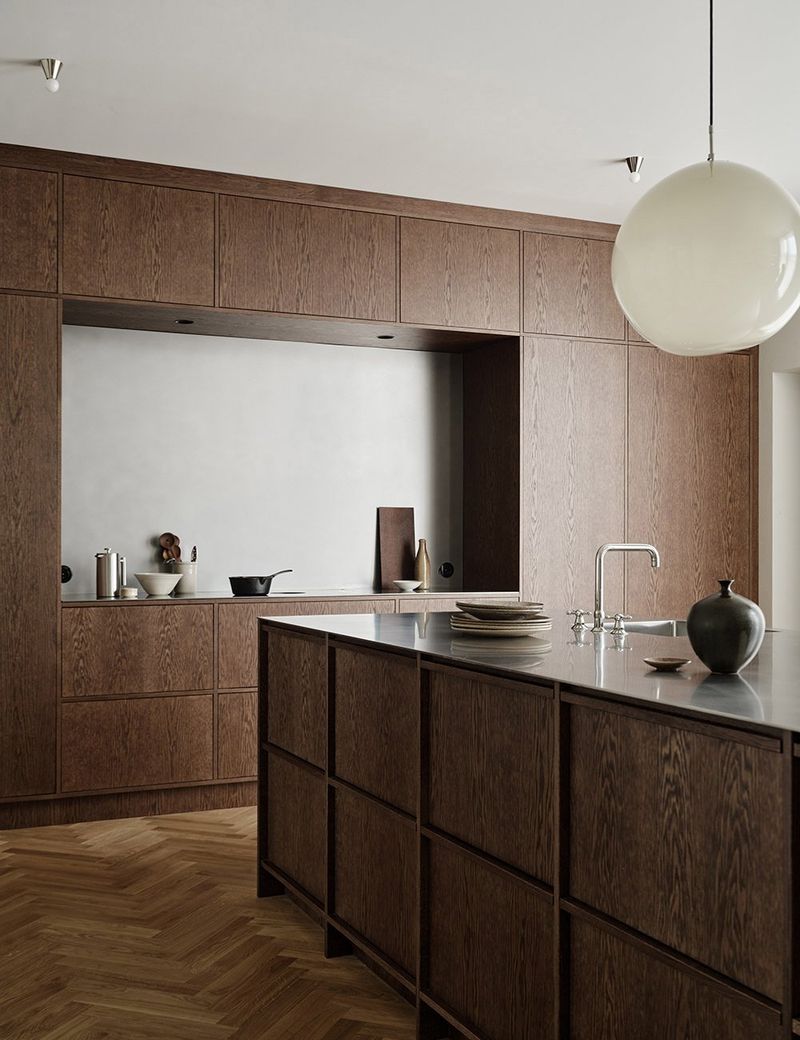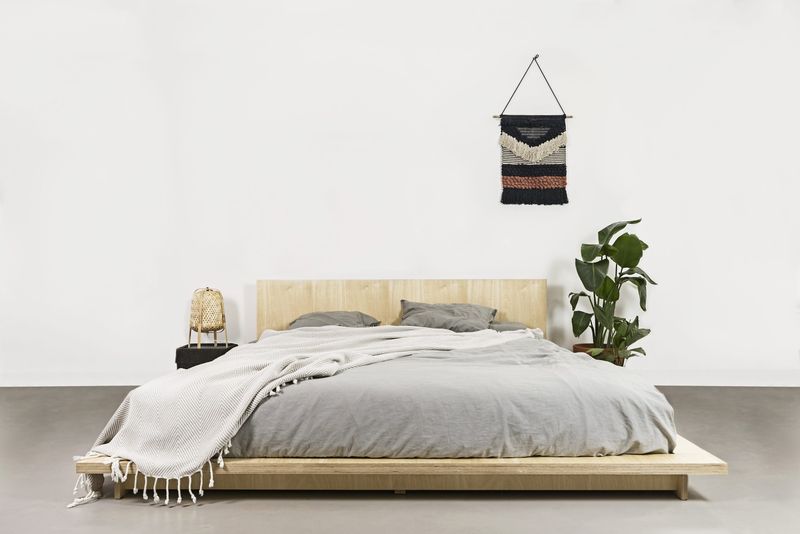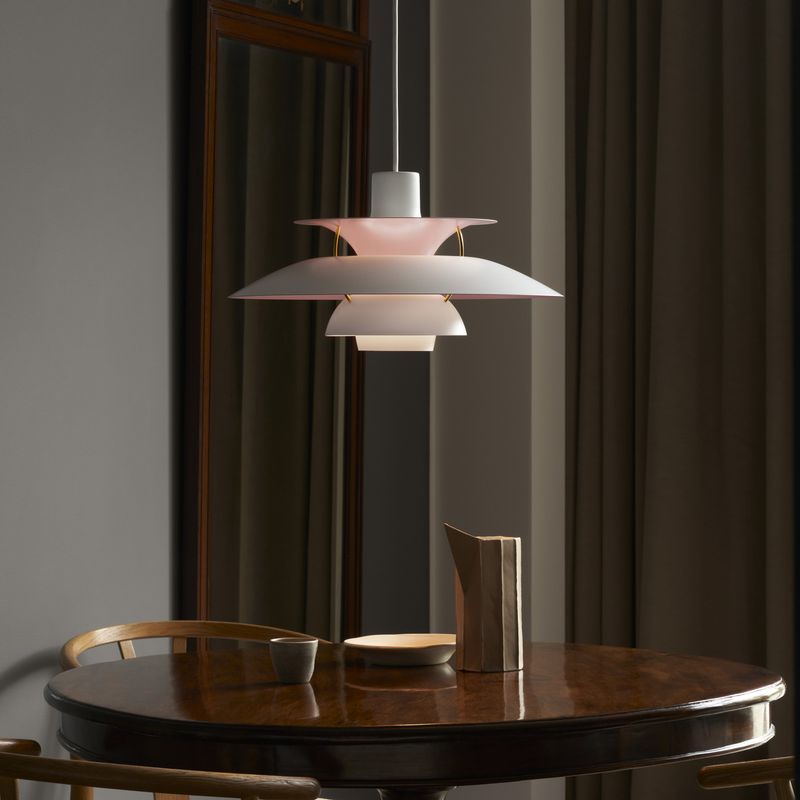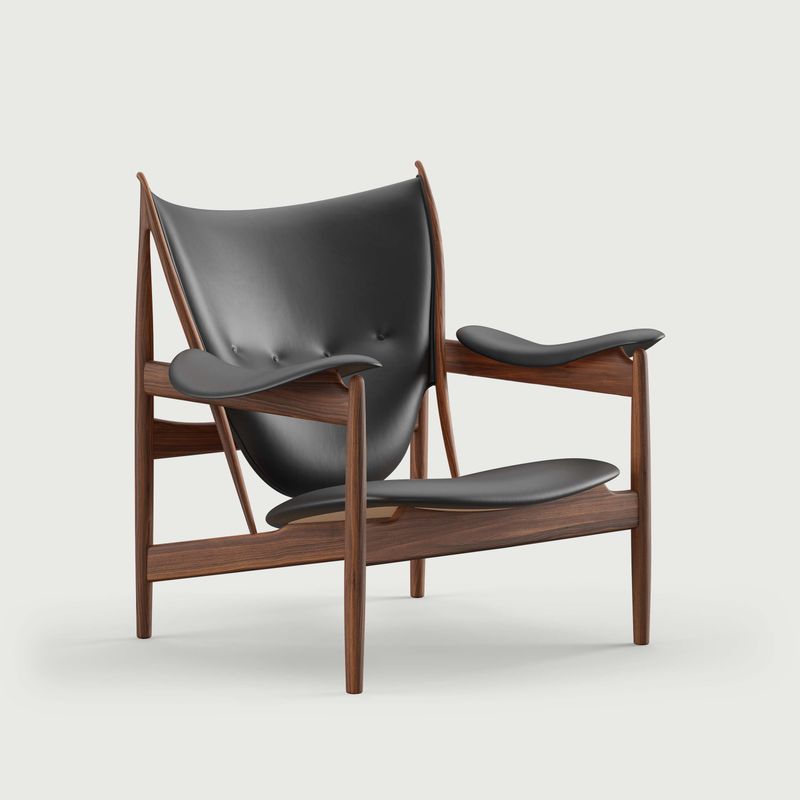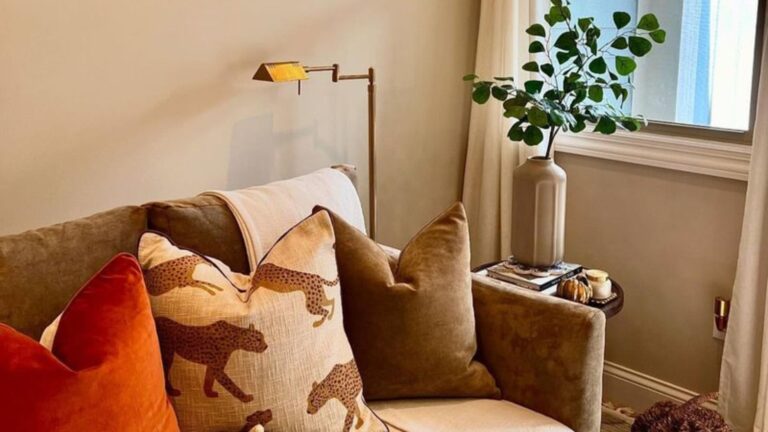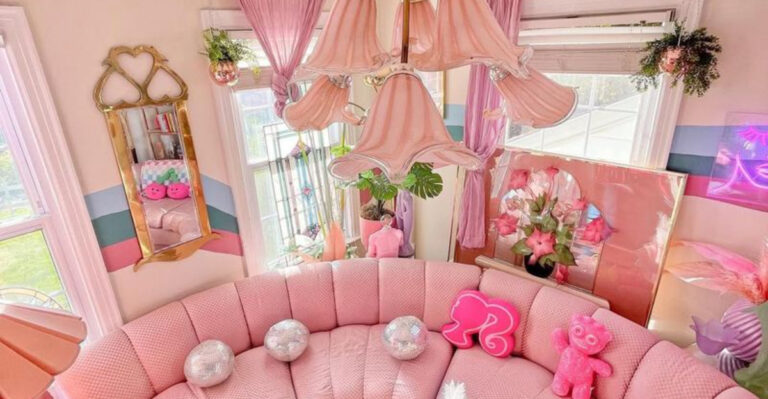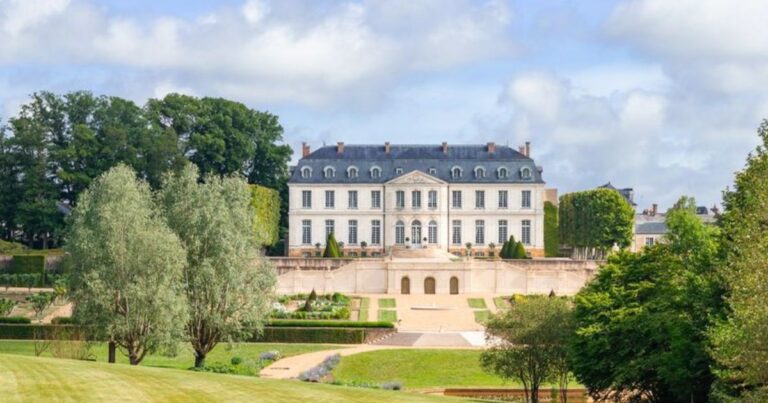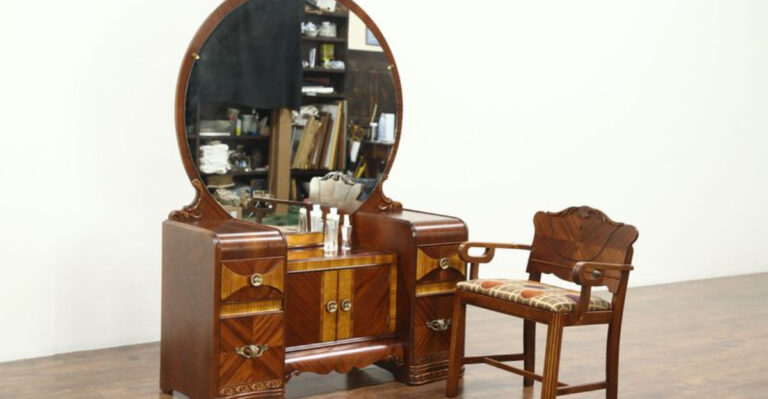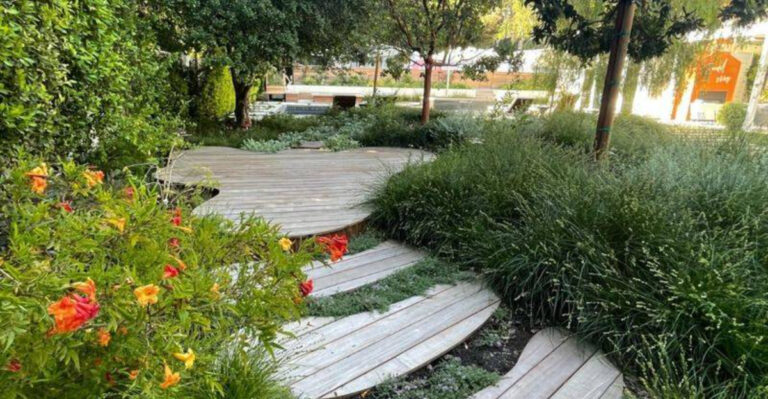19 Iconic Danish Interior Design Staples To Embrace
Danish interior design has captured hearts worldwide with its perfect blend of functionality and beauty.
Known for clean lines, natural materials, and timeless appeal, this style brings warmth and simplicity to any home.
Let’s explore 19 iconic Danish design pieces that will transform your space with that coveted Scandinavian charm.
1. Wishbone Chair
Crafted by Hans Wegner in 1949, this sculptural seating marvel continues to grace stylish dining rooms around the globe. The distinctive Y-shaped backrest offers both support and visual interest while showcasing incredible woodworking craftsmanship.
Natural materials like oak or walnut paired with hand-woven seats create a perfect balance of comfort and artistry. Whether surrounding a minimalist dining table or standing alone as an accent piece, the Wishbone Chair epitomizes Danish design philosophy.
2. PH Lamp
Illuminating homes since 1925, Poul Henningsen’s revolutionary lighting design features multiple layered shades that distribute light without harsh glare. The genius lies in how each shade reflects and diffuses illumination, creating a warm, pleasant atmosphere in any room.
Available in pendant, floor, and table versions, these iconic lamps blend science with aesthetic beauty. Many Danish households consider a PH lamp not just lighting but a cherished family heirloom passed through generations.
3. Teak Sideboard
Nothing whispers mid-century Danish elegance quite like a sleek teak sideboard. With their warm honey tones and smooth surfaces, these storage pieces bring organization and sophistication to dining rooms and living spaces.
Many vintage models feature sliding doors that reveal adjustable shelving and drawers with dovetail joints. The craftsmanship speaks volumes about Danish dedication to quality furniture making. Look for pieces by designers like Arne Vodder or Svend Aage Madsen for authentic Danish heritage.
4. Modular Shelving
When Poul Cadovius invented his floating Royal System in the 1950s, he forever changed how we think about wall storage. Unlike bulky traditional bookcases, Danish modular shelving systems appear to float effortlessly against walls, creating airy, customizable displays.
The beauty of these systems lies in their adaptability—add or remove components as your needs change. Wall-mounted tracks support shelves, cabinets, desks, and drawers in endless configurations. Modern interpretations by brands like String and Montana continue this versatile design tradition.
5. Minimalist Sofas
Forget overstuffed, fussy couches—Danish sofas embrace clean lines and architectural silhouettes without sacrificing comfort. Often raised on slender wooden legs, these seating solutions create visual space in rooms by allowing light to flow underneath.
Upholstery typically features neutral tones like oatmeal, gray, or soft blue, allowing the sofa’s form to take center stage. Many Danish designs include removable cushions for easy cleaning and maintenance. Børge Mogensen’s 2213 sofa exemplifies this perfect marriage of practicality and understated elegance.
6. Egg Chair
Wrapping around you like a protective cocoon, Arne Jacobsen’s 1958 masterpiece remains one of the most recognizable chairs in design history. Originally created for Copenhagen’s Royal Hotel, this sculptural seat offers privacy and comfort in an unmistakable silhouette.
The curved form provides acoustic insulation, creating a personal sanctuary within busy spaces. Despite its substantial appearance, the chair swivels effortlessly on its star-shaped base. Available in various upholstery options, from classic leather to contemporary fabrics, the Egg Chair makes a bold statement in any room.
7. Danish Wool Rugs
Beneath your feet lies an opportunity to add authentic Danish comfort to your home. Wool rugs from Denmark typically feature geometric patterns or solid colors that complement rather than compete with furniture pieces.
Renowned for their exceptional durability and natural stain resistance, these floor coverings improve with age. Many contemporary Danish designers create flat-weave rugs that work beautifully in modern interiors.
8. Hans Wegner Lounge Chairs
Sink into a slice of Danish design history with Wegner’s legendary lounge chairs. From the embracing Flag Halyard to the sculptural Shell Chair, each design showcases his unparalleled understanding of human comfort and proportion.
Wegner famously created over 500 chair designs in his lifetime, earning him the nickname “The Chair-maker.” His pieces feature thoughtful details like curved backrests that support the spine perfectly.
9. Clean-Lined Coffee Tables
At the heart of Danish living rooms sits the coffee table—typically a masterclass in restraint and proportion. Unlike ornate alternatives, these tables feature simple geometric forms with gently rounded edges and minimal ornamentation.
Solid woods like oak, teak, or walnut showcase natural grain patterns that serve as decoration. Many classic designs incorporate clever storage solutions or nesting capabilities for flexibility.
10. Floating Shelves
Mounted directly to walls without visible brackets, Danish floating shelves create displays that seem to defy gravity. Usually crafted from solid wood with simple, straight lines, these storage solutions maintain the airy feeling so essential to Scandinavian interiors.
Beyond their aesthetic appeal, floating shelves reflect the Danish philosophy that every item should earn its place through beauty and function. Homeowners typically display carefully curated collections rather than cluttered arrangements.
11. Oak Dining Tables
Gathering friends and family around a solid oak dining table represents the heart of Danish hygge culture. These tables typically feature honest construction with visible joinery and natural finishes that highlight rather than hide the wood’s character.
Many classic designs include clever extension systems for accommodating extra guests. The enduring appeal lies in their versatility—they work equally well in traditional or contemporary settings. Danish tables age gracefully, developing a rich patina that tells the story of meals shared and memories made.
12. Sculptural Candlesticks
When winter darkness descends across Denmark, candlelight creates essential warmth and ambiance. Danish designers have elevated the humble candlestick into sculptural art forms that look beautiful even when unlit.
Crafted from materials like brushed steel, brass, or ceramic, these objects balance organic and geometric shapes. Many designs feature modular or stackable elements for creative arrangement.
13. Sheepskin Throws
Long before hygge became an international buzzword, Danes understood the importance of textural contrast in creating inviting spaces. Natural sheepskin throws draped across wooden chairs or sofas instantly soften minimalist interiors while providing practical warmth.
Available in natural white, gray, or occasionally dyed colors, these versatile accessories migrate from chair to floor to bed as needed. The organic shape and plush texture provide welcome contrast to the straight lines of Danish furniture. During winter months, these throws become essential elements of comfortable living.
14. Mid-Century Floor Lamps
Standing tall in Danish living rooms, architectural floor lamps combine precise engineering with artistic vision. Many feature adjustable components that pivot, swivel, or extend to direct light exactly where needed.
Materials like brushed brass, powder-coated steel, and oiled wood create visual harmony with other furnishings. The famous AJ Floor Lamp by Arne Jacobsen exemplifies this marriage of form and function with its asymmetrical shade.
15. Ceramic Vases
From studio pottery to industrial production, Danish ceramic vases showcase organic forms and subtle glazes that complement rather than compete with floral arrangements. Often featuring matte finishes in earthy or pastel tones, these vessels stand as beautiful objects even when empty.
Many Danish ceramicists embrace slight imperfections that reveal the human touch behind each piece. The renowned Kähler design house has produced distinctive ceramics since 1839, while contemporary makers continue exploring new interpretations of this tradition.
16. Streamlined Cabinetry
Walking into a Danish kitchen reveals an obsession with clean lines and hidden functionality. Cabinet fronts typically feature minimal hardware—or none at all—with push-open mechanisms concealing contents behind smooth facades.
Natural wood tones or muted paint colors create a sense of calm organization. Unlike ornate traditional cabinetry, Danish designs prioritize horizontal lines and precise proportions.
17. Low-Profile Beds
Retreat to Scandinavian serenity with Danish bed frames that hover just above the floor on slender legs. Typically crafted from light-toned woods like oak or ash, these sleeping platforms embody the minimalist principle that less truly is more.
Many designs feature integrated headboards that double as nightstands or display shelves. The visual lightness of these beds makes even small bedrooms feel spacious and uncluttered. Danish bedding complements this aesthetic with simple linens in neutral tones, creating peaceful sanctuaries for rest.
18. Classic Pendant Lighting
Suspended like functional sculptures, Danish pendant lights create pools of welcoming illumination throughout the home. Unlike ornate chandeliers, these fixtures embrace geometric simplicity—spheres, cylinders, cones, or discs that distribute light evenly.
Materials range from mouth-blown glass to spun aluminum, often in white or neutral finishes. The iconic Louis Poulsen PH5 pendant uses a system of curved shades to eliminate glare completely. In Danish dining rooms, pendants typically hang low over tables, creating intimate zones for conversation.
19. Wood-Framed Armchairs
Achieving the perfect balance between visual lightness and physical comfort, Danish armchairs showcase exposed wooden frames that celebrate natural materials. Designers like Finn Juhl and Ole Wanscher created pieces that reveal structural elements as part of their aesthetic appeal.
Upholstery is typically restrained—leather or fabric cushions that complement rather than conceal the wooden architecture. These chairs work beautifully as standalone accent pieces or in conversational groupings.

